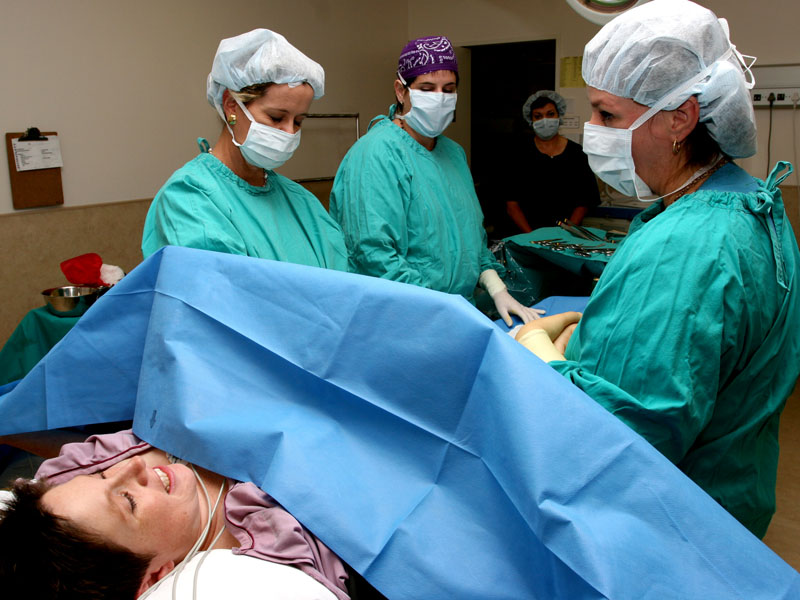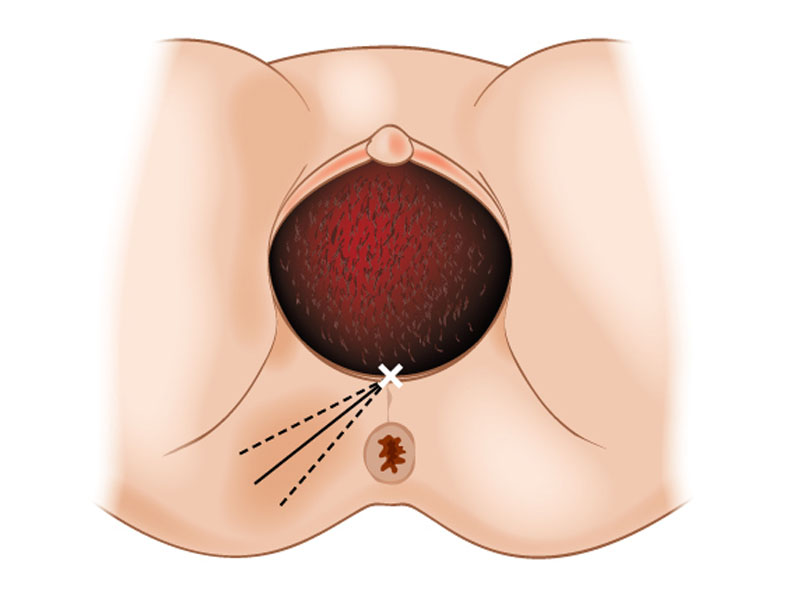10 Things To Reject In the Delivery Room
Talk to your doctor about these 10 things that you may want to reject during your baby’s delivery. They’ll help you – and your baby – get off to a healthier start.
Por Pan-American Life
Publicado:
Publicado:
Talk to your doctor about these 10 things that you may want to reject during your baby’s delivery. They’ll help you – and your baby – get off to a healthier start.

1. An early, elective delivery
Carrying your baby to at least 39 weeks has important health benefits. It will help your baby develop and grow, and help you avoid postpartum depression.
2. Inducing labor without medical reason
If your labor is induced – or started – before you and your baby are ready, you are more likely to have a C-section and other complications, including more painful contractions.
3. Continuous electronic monitoring
Unless your labor is induced, you had an epidural, or you are trying a VBAC, ask for your baby to be monitored at certain intervals instead of continuously. Continuous monitoring will keep you from moving around, may slow your labor, and may lead to a C-section or forceps delivery.
4. A C-section for a low-risk, first birth
A C-section is major surgery for you and adds risks for your baby. If it’s not medically necessary, the safest way to deliver is vaginally.
5. An automatic C-section for a second birth
Even if you had a C-section before, you don't automatically need to have one again. Most women who try to have a vaginal birth after C-section (VBAC) are successful.
6. An early epidural
An epidural puts medicine in your back to block pain. But the longer you have it, the more medicine builds up in your body. Too much can make it hard to feel enough to push and can slow labor. If you have an epidural, talk to your doctor about using a lighter dose and not starting it early in your labor.
7. Breaking your water
Sometimes doctors want to break your water. They do this to try to of make contractions stronger and labor shorter. But, it usually doesn’t work and can cause complications.
8. A routine episiotomy
This surgical cut makes the opening of your vagina bigger. It may be needed for forceps and vacuum deliveries, or if your baby is coming down too fast. But otherwise, it doesn’t help and can lead to a longer healing time.
9. Sending your newborn to the nursery
Unless your newborn needs special attention, keep him or her with you. This will help with bonding.
10. Waiting to breastfeed
Have your healthy, naked baby placed on your bare chest right after it's born. Your baby will be warmer and more likely to breastfeed.
This information is for you to use when talking with your health-care provider. It is not a substitute for medical advice and treatment. Use of this information at your own risk. ©2014 Consumer Reports.






